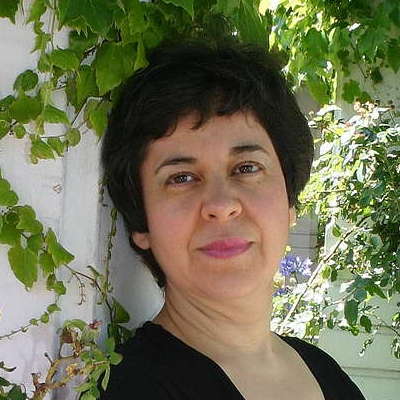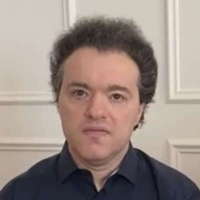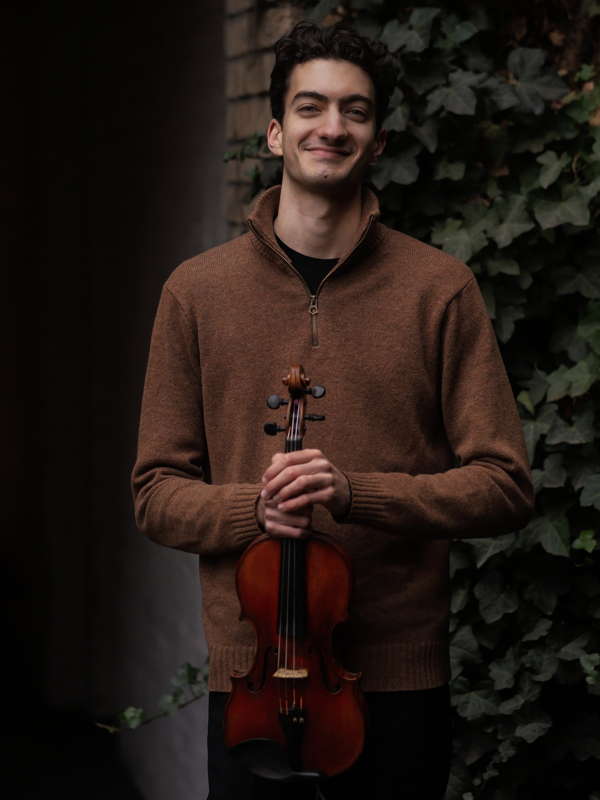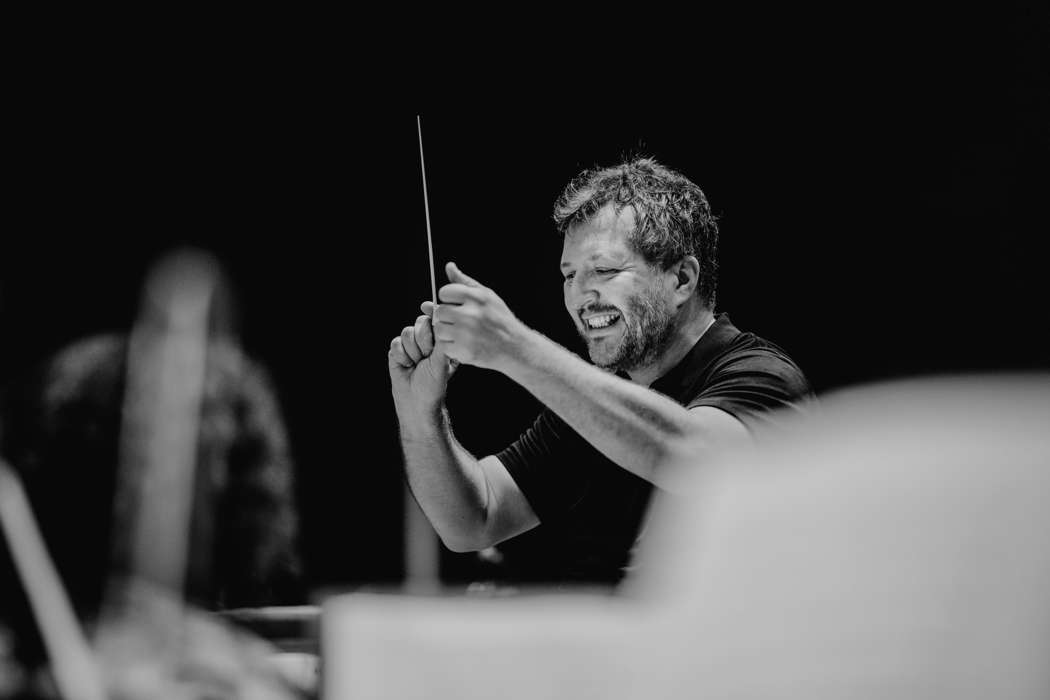- Roderick Williams
- Chorzelski
- Franz Schmidt
- Outhere Music France
- Peter Ilyich Tchaikovsky
- Laurent Vaissié
- Oltenia
- Sleepy Time Bach
 SPONSORED: A Seasoned Champion of New Music. Argentinian-American pianist Mirian Conti in conversation with Andrew Schartmann.
SPONSORED: A Seasoned Champion of New Music. Argentinian-American pianist Mirian Conti in conversation with Andrew Schartmann.
All sponsored features >>
 LISTENING TO TCHAIKOVSKY: Béla Hartmann uses his knowledge of Eastern Europe to argue against the banning of all Russian culture following Vladimir Putin's invasion of Ukraine.
LISTENING TO TCHAIKOVSKY: Béla Hartmann uses his knowledge of Eastern Europe to argue against the banning of all Russian culture following Vladimir Putin's invasion of Ukraine.
A Homage to Sibelius
MIKE WHEELER was in the Nottingham audience for music by Thomas Adès, Rautavaara and Sibelius
The spirit of Sibelius hovered benignly over the Hallé Orchestra's latest visit to Nottingham, conducted by its current Artist in Residence, Thomas Adès - Royal Concert Hall, Nottingham, UK, 26 November 2024. Not only was the programme topped and tailed by two Sibelius symphonies, the two intervening works also had Sibelian connections.
In his short, single-movement Symphony No 7, the initial string phrase climbed from a region of subterranean hush, leading to seamless string-and-wind dialogues. The following passage of string polyphony was beautifully serene, and the composer's overall control of the music's varying pace was matched in the performance. With clearly articulated fast string figures, primeval brass, especially Katy Jones's three imposing trombone solos, momentum driving towards the climactic whoop, led by the horns, and the quiet inner space entered just before the final cadence, the symphony's links to Sibelius's last tone-poem, Tapiola, can rarely have sounded clearer.
Einojuhani Rautavaara was something of a Sibelius protégé - the older composer organised a grant for him to study at New York's Juilliard School in 1955. He wrote Deux Sérénades, not quite finished when he died in 2016, for the violinist Hilary Hahn, who had expressed the hope that he would write her a second violin concerto. The first of the pair, Sérénade pour mon amour - '... for my love' - is, to all intents and purposes, a song without words, scored with just strings. Stephen Waarts brought a gentle intimacy to its flowing solo line. At the start of No 2, Sérénade pour la vie - '... for life' - the conversation between the violin and solo winds had an easy flow, the orchestra's dance-like pulse in the central section was deftly pointed, and the engagingly skippy final section was made even more endearing by its mid-air ending. Throughout, Waarts' poised, sensitive contributions led the way in exploring the music's engaging sound-world.

Stephen Waarts. Photo © 2019 Emma Wernig
After the interval, Waarts returned for Air, by Adès himself, which he conceived as a 'Homage to Sibelius'. From a very quiet opening, the first violins, echoed by the soloist, gently placed before us the passacaglia-like theme from which the whole piece 'hangs down', in the composer's words, as a hypnotic web is built from simple material. Adès' master-stroke is to add some softly resonant percussion - gong-strokes, piano, marimba - but keep them back until a late stage, to enhance their gentle impact. As the piece nears its conclusion, the overall serenity receives a sudden brief irruption - air turbulence? - before a reset restores calm. Both this and the Rautavaara are captivating pieces that will surely achieve wider currency.
And so to Sibelius's Fifth Symphony. A clear sense of motion was in place from the start, and Sibelius's striking sound-images were full of character, not least the string figures rustling like a kind of aural undergrowth, especially when providing a backdrop to Kayetan Cyganski's plaintive bassoon solo. The big breakthrough moment was a point of departure as much as arrival, the woodwind phrases had an arresting freshness, and the stages of the music's overall acceleration were almost imperceptible, as they should be.
The second movement's opening pizzicato theme's presence could always be felt, even when not explicit, and, from time to time, suggesting images of playful wood-spirits or creatures. The scurrying strings launching the third movement had an alert, focused energy. The first appearance of the horns' theme that eventually comes to dominate everything rung out. The mysterious central string passage, echoing the one in the first movement, had an ethereal quality, while also laying the ground for the horn theme's full climactic flowering. As we know, Sibelius linked it to the impressive sight of a flock of swans flying overhead. Here, it also seemed to suggest a grand sunrise.

Thomas Adès. Photo © Marco Borggreve
This, I'm sure, was Adès's first visit to the Royal Concert Hall. Judging by the audience's response, it won't be his last.
Copyright © 4 December 2024
Mike Wheeler,
Derby UK



